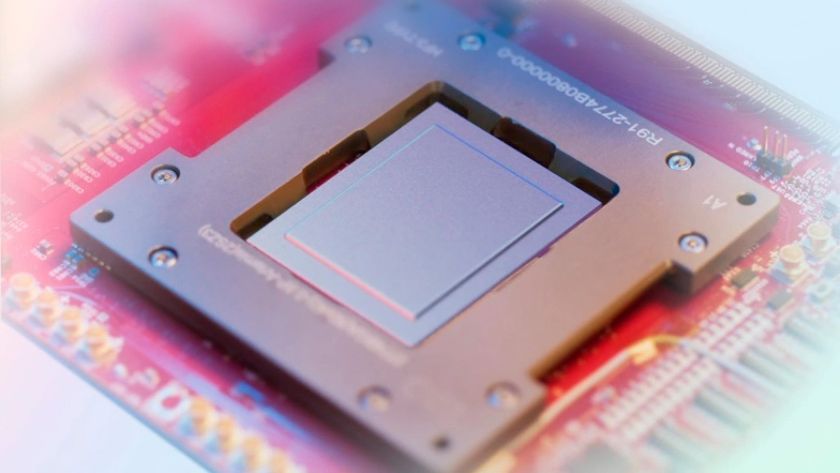ATI: Consumers need to understand DRM
Montreal - It's not a question, if digital rights management (DRM) and a restricted use of digital content will be a reality on future PCs, but rather when such devices will become a part of our everyday digital life. Graphics chip company ATI said DRM will make its way into its products soon and the company preps an initiative to educate customers on different DRM technologies.
Considering today's open use of digital content ranging from audio and video files to recorded TV streams, dozens of potential future DRM technologies can paint a scary vision for computer users. However, DRM already is a reality today and will become much more visible in the coming months. To make content more secure, users will see a shift from software-only DRM to hardware-based solutions in processors, chipsets, buses, memories and other system components. Integrating technologies in hardware promise to be locked away from user access and therefore offer a higher degree of protection for digital content than we know today.
ATI is one of the hardware companies that will support a range of technologies in future products, according to Godfrey Cheng, Director of the firm's Multimedia Marketing group. "There is no doubt in my mind that there will be more DRM in future All-in-Wonder (AIW) products in the future," he said in a conversation with Tom's Hardware Guide.
According to Cheng, there is no DRM in current AIW cards at this time. As a result, the company had to halt sales of the products when the "broadcast flag" as technology to protect digital television programming from copying was introduced. Sales recently resumed when the US court of Appeals ruled that the FCC didn't have the authority to mandate the flag. Cheng however believes that the broadcast flag will return sooner or later.
"DRM will be pervasive throughout the whole industry," he said. But, as other chip manufacturers, ATI is entrenched between the interests of content holders to protect content as much as possible and the interests of consumer who open access to audio and video. While ATI's interest is to open up content, according to Cheng, the company feels the need to protect content. Cheng envisions for the future a "device" that allows users to "see and use premium digital content." He said he could not provide further details about such a device, since "it is not too public."
However, Cheng said it is necessary for the consumer to understand what DRM is about and that is not a "beast" hiding inside a PC. "Education is absolutely necessary and will pursue this. Our education program is in the final planning phase and we will begin rolling it out with new products," Cheng said.
While he believes that the content industry is the driving force behind DRM, he said that the ultimate guideline for content protection will be based on laws that consider the interests of various groups. "We will certainly see legislation everyone will have to follow in the industry. Such laws cannot set the level so high that nobody buys digital content," he said.
Stay On the Cutting Edge: Get the Tom's Hardware Newsletter
Get Tom's Hardware's best news and in-depth reviews, straight to your inbox.
Related stories:
Intel: No 'unannounced' DRM technology in Pentium D processors
Intel: 'We can't trample on opportunities in the content space'










